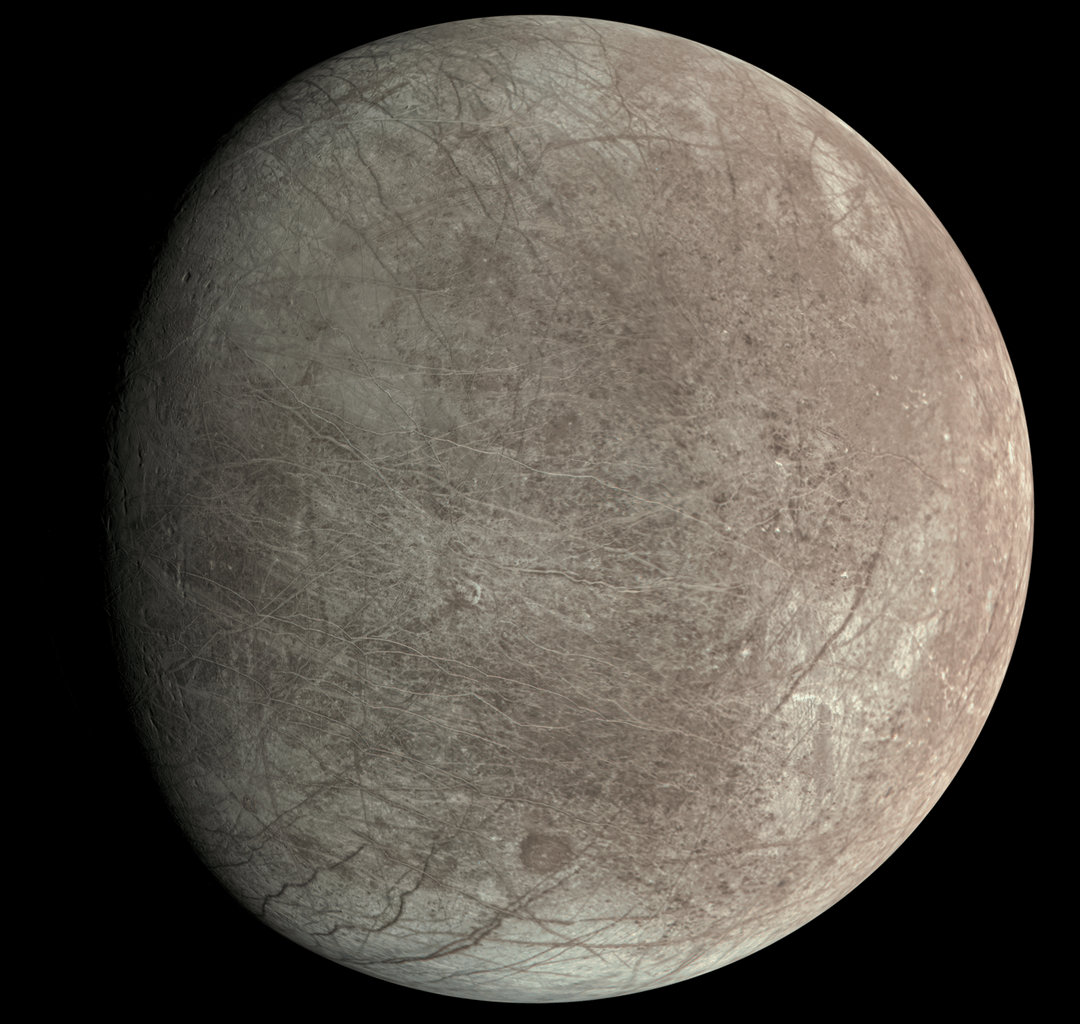Saturn’s moon Mimas looks like the Death Star, a 400 km wide sphere covered with craters, including one massive impact basin. It appears completely dead. Yet the moon wobbles slightly as it orbits, betraying a secret, liquid water sloshes beneath its icy crust. How can a geologically dead surface hide an ocean? The answer involves physics.
Researchers led by Max Rudolph at University California, Davis have discovered that when ice shells on small moons melt from the bottom, the pressure can drop low enough to make the ocean boil, not from heat but from decompression.
 Saturn’s Moon Mimas captured by the Cassini Spacecraft (Credit : NASA/JPL-Caltech/Space Science Institute)
Saturn’s Moon Mimas captured by the Cassini Spacecraft (Credit : NASA/JPL-Caltech/Space Science Institute)
The mechanism turns on a basic property of water, ice occupies more volume than liquid. When ice at the base of the shell melts into denser liquid water, pressure throughout the ocean drops. On the smallest moons like Mimas, Enceladus, and Uranus’s Miranda, calculations show pressure can plummet to water’s triple point where ice, liquid, and vapour coexist simultaneously. These worlds are heated by tidal forces from their parent planets. As moons interact gravitationally, heating fluctuates. Higher tidal heating melts and thins the ice layer. When heating decreases, ice thickens again.
Rudolph’s team had previously studied ice shell thickening. Because freezing water expands, growing ice creates compressional pressure that can crack the surface. This likely explains Enceladus’s “tiger stripes” fractures that spew water vapour into space from the ocean below. But what happens during thinning? Images from Voyager 2 show Miranda’s surface divided into distinct regions of ridges and cliffs called coronae. Ocean boiling during ice shell thinning could explain how these dramatic features formed.
On larger moons like Uranus’s Titania, the pressure drop from melting ice would crack the ice shell before reaching water’s triple point. Titania’s geology suggests a cycle of thinning followed by re-thickening pressure changes without boiling.
 Titania, one of the icy moons of Uranus (Credit : NASA/JPL-Caltech/Kevin M. Gill)
Titania, one of the icy moons of Uranus (Credit : NASA/JPL-Caltech/Kevin M. Gill)
These icy moons, particularly Enceladus, rank among the Solar System’s best candidates for harbouring life. Understanding the physical processes beneath their surfaces reveals which environments remain stable enough for biology and which experience violent phase transitions.
Mimas presents a puzzle however as Its dead looking surface seems incompatible with an active ocean. But if pressure drops during thinning don’t fracture its ice shell, the ocean could persist without leaving surface scars, a hidden water world appearing as a lifeless rock.
Just as Earth’s geology reveals our planet’s four billion year evolution, the surfaces of icy moons tell stories of cycles driven not by rock and magma, but by water’s transformation between solid, liquid, and gas. Understanding these alien processes helps us read those stories and identify which worlds might shelter life in their dark, pressurised seas.
Source : Looking inside icy moons

